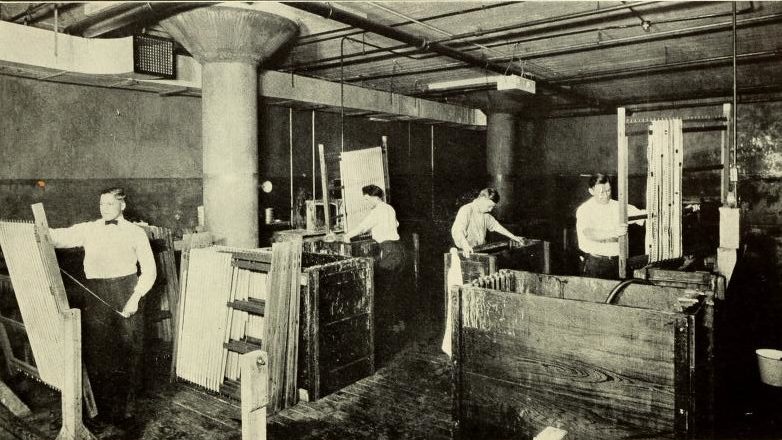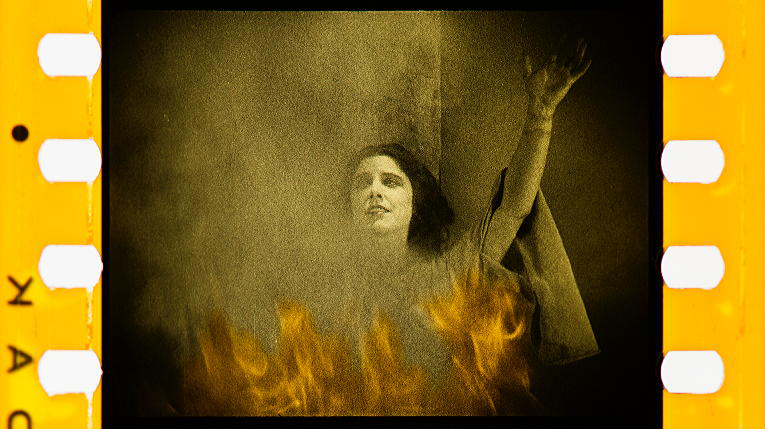The basic visual aesthetics of the silent era – pt. 3: aesthetics vs. the challenges of preservation
In the previous two posts we looked at what I consider to be some of the basic components of the visual aesthetics of films from the silent era: the use of orthochromatic film, their use of color, the artifacts of rack and tank processing, and the flexibility of shooting and projection speed. But the way […]

